U.S. Woodland
The woodland pattern is a camouflage pattern that was used as the default camouflage pattern issued to the United States Armed Forces from 1981, with the issue of the Battle Dress Uniform, until its replacement in the mid 2000s.[1] It is a four color, high contrast disruptive pattern with irregular markings in sand, brown, green and black. It is also known unofficially by its colloquial moniker of "M81",[2][3] though this term was not officially used by the U.S. military.
| U.S. Woodland | |
|---|---|
 Digitized swatch of the U.S. woodland pattern | |
| Type | Military camouflage pattern |
| Place of origin | United States |
| Service history | |
| In service | 1981–present |
| Used by | USMC Forces Special Operations Command U.S. Navy SWCCs SEALs and United States Navy Seabees See Users (for other non-U.S. users) |
| Wars | Invasion of Grenada United States invasion of Panama Somali Civil War Persian Gulf War Yugoslav Wars Operation Uphold Democracy War in Afghanistan Iraq War 2008 Cambodian-Thai stand-off Russo-Georgian War Syrian Civil War |
| Production history | |
| Produced | 1981–present |
Development and history
The woodland pattern is nearly identical to highland ERDL, only differing in that it is printed from an enlargement of the original.[4] The woodland pattern was enlarged and the borders of the splotches were re-drawn to make them less regular. Part of the earlier pattern was left off the later pattern because the enlargement made them no longer fit on the width of the bolt of cloth. The pattern does not repeat horizontally across the width of the bolt, but only vertically along its length.
The effect of enlarging the pattern was to make the pattern more visible at a distance, avoiding "blobbing", where smaller areas of color seem to blend into larger blobs. This also gave the pattern a higher contrast, making it stand out more sharply at close distances and defeating the camouflage effect at closer range. Digital and Flecktarn camouflage patterns resolve this problem by using a range of blob sizes to give a similar effect whatever the distance.
These changes reflected a shift in the tactical focus of the United States military from fighting an extremely close-range war such as the one in South Vietnam to a longer-range one such as on the fields of Europe.[5][6]
Usage
U.S. Army
In the U.S. Army, the woodland-patterned Battle Dress Uniform was replaced by the digital Universal Camouflage Pattern (UCP) found on the Army Combat Uniform, introduced in 2004. UCP itself was replaced by the Operational Camouflage Pattern (OCP) in 2019. The pattern is still used on MOPP suits and some older models of body armor yet to be retired, such as PASGT.[7][8][9][7]
U.S. Navy
The U.S. Navy retains the Woodland Pattern for specific units and organizations, such as the U.S. Navy SEALs and SWCC, who are currently the primary U.S. users of this uniform. Sailors have otherwise transitioned to the Navy Working Uniform. Otherwise, the pattern is still used today on personal body armor (such as the IBA and PASGT) aboard warships.
U.S. Marines
The Woodland Pattern BDU was phased out by the Marine Corps with the introduction of the digital MARPAT Marine Corps Combat Utility Uniform in 2002, although it was reintroduced for the United States Marine Corps Forces Special Operations Command in 2011[10] and was also worn by MARSOC forces in the War in Afghanistan.
U.S. Air Force
The Air Force phased out the woodland pattern battle dress uniform in 2011 when they went to the Airman Battle Uniform (ABU) which uses a pixelated incarnation of the Tigerstripe pattern, which in turn will be replaced by the Army's OCP by 2021. Also the Civil Air Patrol (the U.S. Air Force's civilian auxiliary) used it on BDUs, which were then replaced by the ABU.[11]
State defense forces
Several state defense forces use the Woodland Pattern on their BDUs.[12][13][14] The pattern also sees use among police departments, such as the Rhode Island State Police.[15]
Users
_(494-11).jpg)



.svg.png)
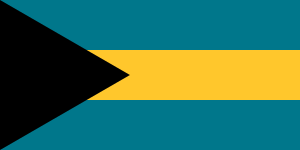
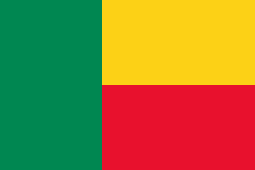


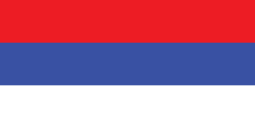





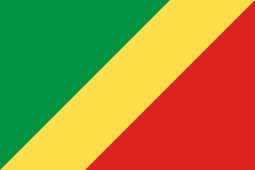

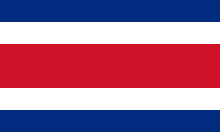










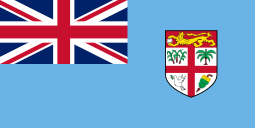
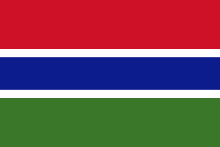



.svg.png)



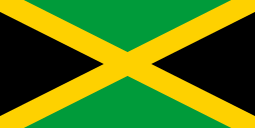
























References
- Christine O. Hardyman, ed. (1988). "Chapter 7: Support Services". Department of the Army Historical Summary FY 1981. United States Army Center of Military History.
- "M81 Woodland". Camopedia.
- "Woodland Back". Soldier Systems. November 2014.
- "Woodland - Camopedia". camopedia.org. Retrieved 2016-11-10.
- "YouTube". www.youtube.com.
- https://www.stripes.com/news/making-a-21st-century-us-military-uniform-every-branch-can-wear-1.543762
- https://media.defense.gov/2018/Sep/14/2001966346/-1/-1/0/180813-A-VX503-056.JPG
- https://media.defense.gov/2018/Sep/14/2001966357/-1/-1/0/180813-A-VX503-125.JPG
- https://media.defense.gov/2018/Sep/14/2001966347/-1/-1/0/180813-A-VX503-074.JPG
- Aug 2011, 22 (22 August 2011). "MARSOC adopts woodland Crye Precision uniform". Military.com.CS1 maint: numeric names: authors list (link)
- Losey, Stephen (May 14, 2018). "The long-awaited OCP uniform is on its way to the Air Force — and here's when you could get it". Air Force Times. Retrieved May 15, 2018.
- "Questions & Answers about the Tennessee State Guard". Third Regiment of the Tennessee State Guard Official Website. Retrieved 22 February 2017.
- "VDF Regulation 670-1" (PDF). vdf.virginia.gov. Retrieved 22 February 2017.
- "Frequently Asked Questions". Ohio Military Reserve. Retrieved 22 February 2017.
- https://web.archive.org/web/20161108034450/http://risp.ri.gov/gallery/uniform.php
- "Navy corpsman teach foreign militaries how to treat injuries in the field". 6 July 2010 – via Flickr.
- "Specijalne-jedinice.com - Special Anti-terrorist Unit of Republic of Srpska". specijalne-jedinice.com.
- https://web.archive.org/web/20140303224642/http://www.kamouflage.net/camouflage/00035.php
- "Croatian Woodland shirt". camouniforms.net.
- "Croatian Woodland Shirt 02". camouniforms.net.
- https://camopedia.org/index.php?title=Estonia
- jwh1975 (9 June 2015). "Uphold Democracy 1994: WWII weapons encountered".
- "Iraqi Woodland Camo". Middle East Militaria.
- "New Iraqi Woodland Camo Uniform". Middle East Militaria.
- https://www.joint-forces.com/features/kit-camo/31719-latvian-m07-latpat-camouflage
- "Lithuanian Woodland jacket". camouniforms.net.
- https://web.archive.org/web/20200327072705/https://apps.dtic.mil/dtic/tr/fulltext/u2/1059969.pdf
- "Specijalne-jedinice.com - Special Anti-terrorist Unit of the Republic of Montenegro". specijalne-jedinice.com.
- "Netherlands - Soldier Systems Daily".
- https://web.archive.org/web/20200304035712/https://www.nknews.org/2018/11/north-korean-soldiers-at-joint-security-area-sporting-new-uniforms-photos-reveal/
- Camouflage Uniforms of the Soviet Union and Russia: 1937-to the Present by Dennis Desmond, Schiffer Publishing, Ltd. (December 1, 1997) ISBN 978-0764304620
- Galeotti (2015), p. 39.
- "From Russia with Love, Syria's AK-74Ms". bellingcat. 19 February 2015.
- "Photo" (JPG). www.navy.mil.
- "Bohdan Company".
- "Chernihiv Company".
- tintucvietnam.vn (2018-03-04). "Tìm hiểu về quân phục ngụy trang của quân đội Việt Nam (phần 2)". Tin tức Việt Nam - Cập nhật tin tức trong nước hôm nay (in Vietnamese). Retrieved 2019-04-16.
Bibliography
- Galeotti, Mark (2015). Spetsnaz: Russia’s Special Forces. Osprey Publishing. ISBN 978-1472807229.
| Wikimedia Commons has media related to Woodland pattern. |
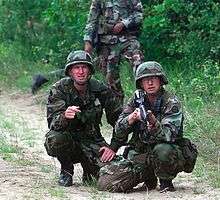
.jpg)